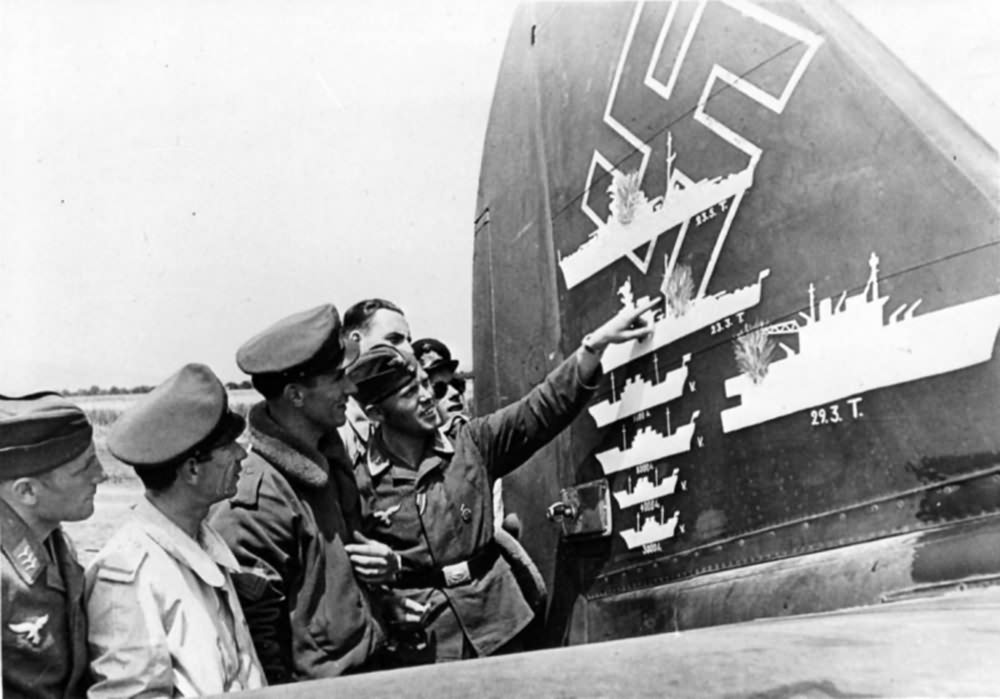Ju 88 Tail Unit Structure:
All-Metal Tail Unit: The aircraft’s fuselage concluded with an all-metal tail unit, designed for durability and structural integrity in various flight conditions.
Vertical Stabilizer (Fin) and Rudder:
- Fin: The single fin of the aircraft was a two-spar, tapered construction. The primary structural support came from the main spar (no. 33).
- Rudder: The rudder was attached to the fin using three hinges. It was aerodynamically and mass-balanced, ensuring stability and control during flight. The rudder also featured trimming tabs for fine-tuning control surfaces.
- Redesigned Rudder: In the final production batches of the Ju 88A-4 variant, the rudder was redesigned. The modification included setting the upper part of the rudder slightly into the fin, likely to improve aerodynamic efficiency or control effectiveness.
Horizontal Stabilizers and Elevators:
- Horizontal Tail Surfaces: These were also two-spar, cantilever, tapered constructions. Their robust design ensured they could withstand the stresses of flight while providing the necessary stability.
- Anti-Frosting System: The leading edge of the horizontal stabilizers was equipped with a rubberized coating as part of an anti-frosting system. This system was heated by warm air drawn from the engines, preventing ice build-up that could impair control.
- Elevators: Mounted on three hinges, the elevators were aerodynamically and mass-balanced, similar to the rudder, and included trimming tabs for precise adjustments during flight.
Additional Features:
- Emergency Tail-Skid: Located under the fin, the emergency tail-skid provided protection in the event of a hard landing or emergency.
- Emergency Defuel Valve: Incorporated within the tail-skid was an emergency defuel valve, which would allow for the rapid release of fuel in critical situations to reduce the risk of fire or explosion.
